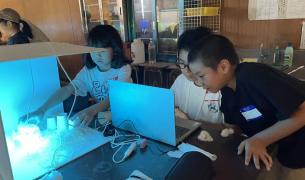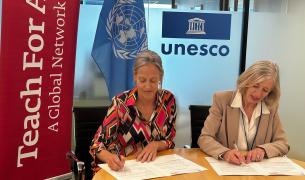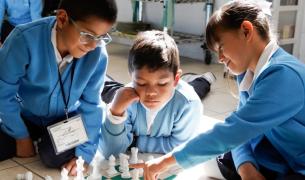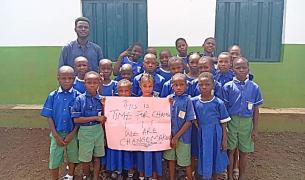Bringing education and hope to displaced and conflict-affected children in Armenia
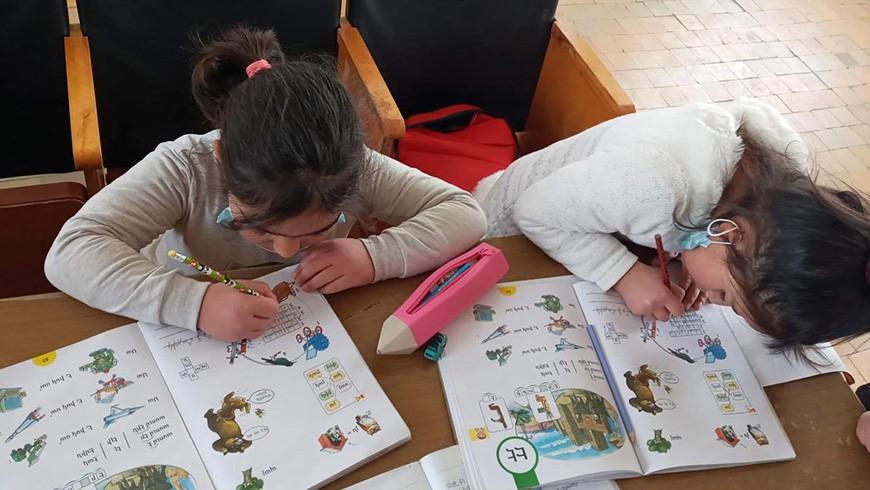
Armenuhi Bayunts, parent of a displaced student in Lori Province, Armenia
The year 2020 challenged us in unexpected ways. Just as we were coming to terms with the pandemic, we were confronted by conflict—first in July, with skirmishes on Armenia’s northeastern border; then in September with a 44-day war. Because of our program’s reach—100 schools and 15,000 students—no one in the Teach For Armenia network was untouched by the resulting violence and displacement. Moreover, this same reach has allowed us to mobilize a widespread response to support conflict-affected students and communities. In particular, our Alumni-Ambassadors led the way.
Due to the war, tens of thousands of students were out of school. Many were displaced from their homes and sought refuge in different regions of Armenia. The conflict created many needs—for shelter, food, medicine, as well as access to education. In early October 2020, we launched a campaign called Teach For Peace. Through the initiative, we sourced, assembled, and distributed 500 care packages to conflict-affected students. In order to help students cope with pain and loss, we trained Teacher-Leaders in social-emotional learning and trauma-informed teaching practices. We also worked with Armenia’s Ministry of Education, Science, Culture, and Sport to continue closing the digital divide by purchasIng additional devices for remote learning.
Teach For Armenia’s Emergency Education Response has only grown from there. Immediately, we hired six Alumni-Ambassadors to serve as Emergency Education Managers, who in turn assembled teams of Emergency Education Specialists and Assistants who could organize informal education and wraparound support for displaced students. The “Specialist” position was reserved for Alumni-Ambassadors who had already undergone our two-year program. They were then joined by “Assistants,” many of whom were teachers who had also been recently displaced. Our first Emergency Education Responders were deployed to Tavush, where hundreds of people from the affected area were given temporary shelter in hotels and resorts. This team was joined by 12 Teacher-Leaders who had also been displaced due to the war. As the team expanded to include mental health professionals, other educators, and volunteers, so did the geographies we serve.
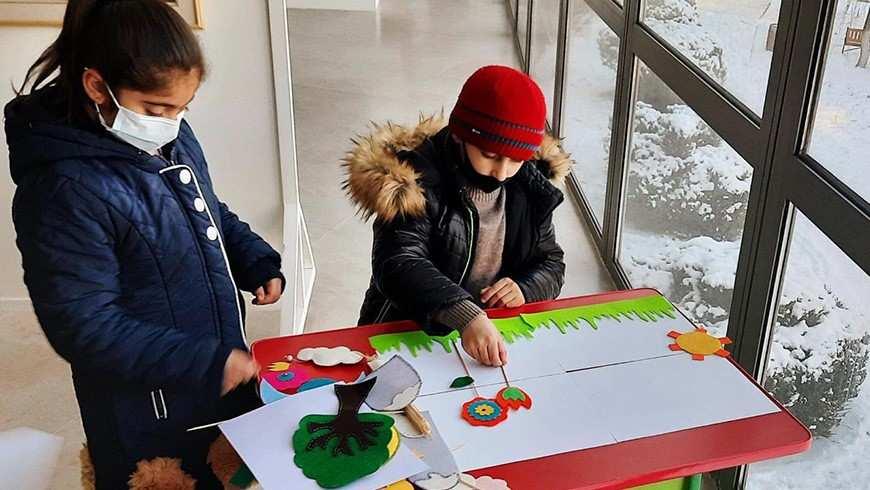
By the end of 2020, the Emergency Education Team had grown to 60 individuals working across seven regions of Armenia: Armavir, Ararat, Gegharkunik, Kotayk, Lori, Syunik, and Tavush. Together, they taught Change-Based Learning and academic subjects, organized extracurricular activities, reached out to parents, and encouraged their engagement, and provided psychological support. In four regions, we also organized home visits to give parents additional support with their children. Between October and December, our team of Emergency Education Responders reached over 1,000 conflict-affected students.
Teach For Armenia’s Emergency Education Response continued into 2021. The project was launched in close coordination with the national ministries, as well as local governments in the regions. With their input, we mapped the movement and needs of displaced students throughout the nation, which informed our priorities and actions.
Our Emergency Education Response has underscored the importance of building a movement of leaders who work in pursuit of educational equity. Teach For Armenia was able to quickly mobilize and scale a humanitarian response due to a robust talent pool of mission-aligned and values-driven educators who had undergone our training over the course of two years. Without our Alumni-Ambassadors, this project would not have been possible.
